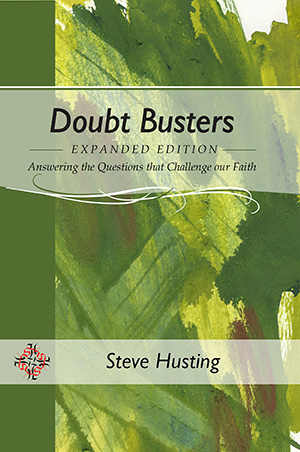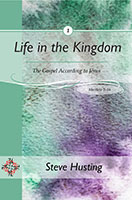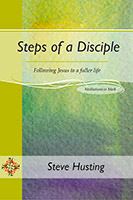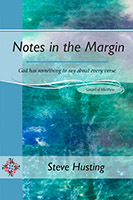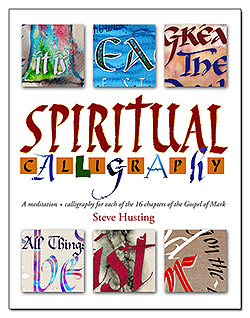John Morris, in his book, The Young Earth, explains the current woeful state of long-earth theorists’ inability to explain the scientific data on behalf of an old universe. Here are some of the highlights of the book:
1. Archaeologists have assumed that our earliest civilizations were crude, but artifacts say otherwise. The earlier civilizations had written forms that were more complex than ours, mathematics, and other high-intelligence proofs. This is what we should expect if biblical history were true – that God had created men intelligent from the get-go.
2. “Given the total number of people on earth today, now over 6 billion, and the present rate of population growth of about 2 percent per year, it would take only about 1,100 years to reach the present population from an original pair. This is of the same order of magnitude as the time since Noah’s flood – at least it is within the right ballpark” (p.73). But if man has been around for a million years as the evolutionists teach, our population would be ten with 8,600 zeros following it. Where are all the people?
3. We have unearthed trillions of fossils (95% of all fossils are marine invertebrates, mostly shellfish; but only 0.0125% are land mammals, such as the dinosaurs, and many consist of one bone). This number is right for 6 billion people living in the past several thousand years, but not a million years. Many civilizations bury their dead. Where are all the burial plots for all the people who have died in the past million years?
4. There are problems with the sun’s age. Every 11 years the sun’s magnetic field reverses itself, with great loss of energy. Scientists can’t account for the sun’s energy lasting for billions of years. Our sun is a young sun!
5. Measurement of the amount of helium in the atmosphere gives us an idea of the age of the atmosphere. Helium comes out of the ground, and some escapes into space, at measurable rates. Scientists cannot account for the small amount of helium in the atmosphere compared with the age they have given of the earth. If the earth were older, vastly more quantities of helium would be evident.
6. By measuring the amount of salt in the ocean, and its rate of input and output from the ocean, we can measure the age of the ocean. Once again, if the earth has been around for four billion years, and rate has been similar to what it has been in recent history, the oceans are simply not salty enough to prove an old earth.
7. According to the rate of erosion of the continents, and the amount of sediment already in the ocean, all the sediment in the ocean would accumulate over a span of no more than 15 million years. Our earth is young!
This is a summary of several findings from the book. Of course, we can’t actually date the age of the earth from any rocks with any accuracy – all the possible dating methods are not in agreement for any one rock. Archaeologists regularly send rocks out to be tested for age, but they give the ages only in a way that keeps the grant money coming – they no longer really trust the data.
For this reason and others, many scientists are moving away from the old-earth model.
What Do You Think?
a. If you believe in a 4.6-billion-year-old earth, how do you make the above facts fit? Do you try to?
b. The above confirmed facts prove that evolution did not have enough time to occur due to the young age of the earth. Do these facts bolster the Bible’s account of creation? Why or why not?
Morris, John, The Young Earth. (Master Books, Green Forest, AR, 2007.)

